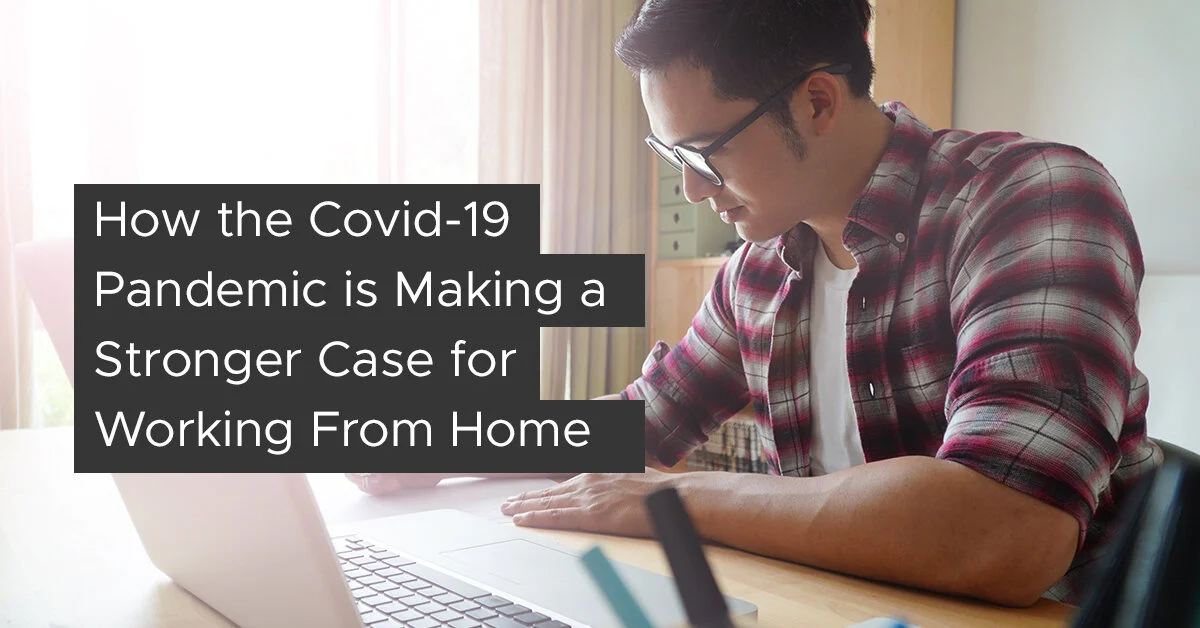In China, extreme measures have been taken to curb the spread of the highly infectious disease. These include lockdowns of major population centers and areas heavily impacted by the outbreak.
Since January 23, 2020, people from Wuhan – where the virus are said to have originated – and other cities in the Hubei province have been subjected to emergency quarantine measures on a sprawling area-wide scale.
Because access to and from people’s places of work has been restricted, local governments have recommended that residents adopt work-from-home routines in order to remain productive while limiting interpersonal interactions that might contribute to the spread of COVID-19.
Despite the lockdowns in China, more COVID-19 cases began to be reported elsewhere around the world in the weeks since. As the disease reached the United States, global enterprises like Microsoft, Apple, and Google were also forced to implement remote working strategies to limit the chances of contracting and spreading the disease.
The abrupt switch to work from home arrangements looks like a trend that needs to continue until the COVID-19 threat is eliminated, or at least de-escalated.
All of a sudden, it appears that the global economy has been subjected to an inadvertent experiment on whether working from home is a sustainable way to work. Will this experience show the world a new and effective way to work?
An encouraging precedent
Health concerns notwithstanding, what companies need to know is that they can breathe more easily with work-from-home arrangements. Questions about whether individuals and teams can function when left on their own can be set aside, as these doubts have already been silenced by a landmark study.
In 2014, Stanford professor Nicholas Bloom held his own experiment for the work-from-home productivity model by partnering with China’s largest travel agency, Ctrip. The company’s CEO James Liang had already been considering the idea of remote work at the time as an alternative to paying expensive fees for a physical headquarters in Shanghai.
Ctrip had also been suffering from terrible turnover rates because employees struggled with the long daily commutes (buying homes in the city was hardly an alternative due to the steep price of local real estate).
Sending randomly selected Ctrip call center staff home to work remotely over a nine-month period, Bloom and Ctrip observed their performances.
The results surprised him. Whereas he originally expected the positive and negative effects of working from home to cancel each other out, the experience proved that the remote work arrangement actually led to measurable performance boosts.
Here is a quick look at the findings:
13% more output (9% from longer hours worked per shift and 4% from more calls per minute)
50% lower attrition
$2,000 increased profit per employee
General sentiment of improved work satisfaction
It turned out that employees working from home were able to put in more time doing actual work because they didn’t have to deal with long and tedious commutes, workplace distractions, and unnecessarily long breaks. They also had relatively quieter and more comfortable working spaces in the privacy of their houses.
Of course, working from home was still not the perfect productivity solution for all employees. While the arrangement did work for some, a few others found the lack of social interaction a major deterrent to a fulfilling workday experience.
It should also be made clear that work-from-home arrangements are limited to certain roles and duties within a company, a clear limitation that Bloom’s experiment was not designed to cover.
Following the experiment, Ctrip extended the option to work from home to the entire company. The employees who participated in the experiment, having a better understanding of their preferred working style at that point, chose accordingly.
Those who felt comfortable working from home stayed at home, while the rest willingly chose to return to office work despite their familiar challenges with the daily commute.
Again, the company gained. Ctrip benefited from performance gains of up to 22% as a longer term impact resulting from the experience. The company also boosted profit by $2,000 per employee per year because of its savings on reduced rent and turnover costs (recruiting and hiring).
What’s next for work-from-home after COVID-19?
Only time will tell if more companies and employees will adopt the work-from-home setup following this experience amid the current COVID-19 crisis. The anxiety caused by the pandemic may be a new external factor that can negatively skew the outcomes of this particular “experiment.”
Even if the feedback does come back positive, chances are that most companies will return to the status quo – that is, where work still happens mostly from a central office. By that time, these businesses will already have enough real-world experience with telecommuting to consider adopting it as an alternative option to get things done, wherever applicable.
What this experience can definitively tell us, however, is that the technological infrastructure to support innovative ways to work is already in place.
From instant messaging and video conferencing apps like Slack and Google Hangouts, to convenient and free time-tracking software like QTime, there is already a wide range of solutions to make work-from-home a feasible alternative to staying within the confines of a physical office.
Visit qtimesoftware.com and get instant access to QTime’s free time tracking app.








